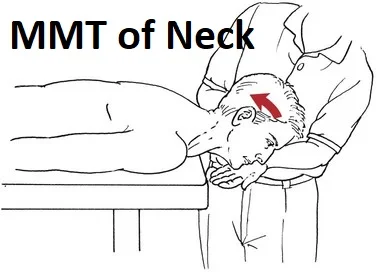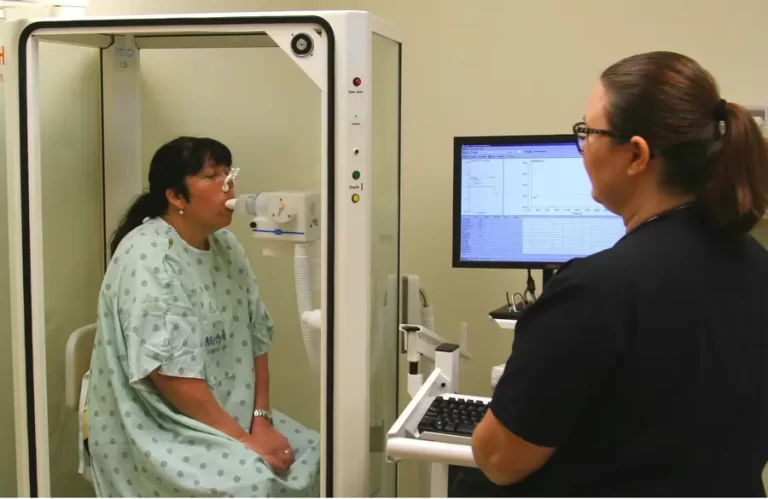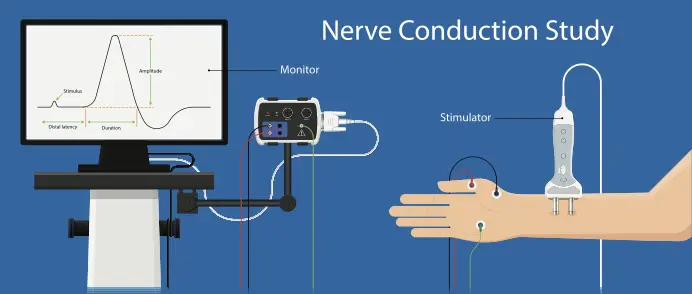Weber Two-Point Discrimination Test
The Weber two-point discrimination test is a method used to assess the ability to discern two separate points of contact on the skin. It is commonly used in clinical settings to evaluate the tactile sensitivity and spatial resolution of the skin. The test helps determine the smallest distance at which an individual can perceive two separate points rather than a single point of contact.
- This examination test is also known as Moberg’s Two-Point Discrimination Test.
- The two-point discrimination test assesses the patient’s ability to differentiate between two distinct areas on a small area of skin.
- During the neurological exam, this is frequently examined with the two sharp points.
- This test is presumed to reflect how finely innervated the area of the skin.
- Two-point discrimination is a common approach for evaluating tactile perception in clinical test settings.
- This test is carried out with the patient’s eyes closed and depends on their desire and ability to report their feelings subjectively.
Table of Contents
The Weber Two-Point Discrimination Test Technique:
- The examiner simultaneously applies pressure to two surrounding locations in a longitudinal direction or perpendicular to the long axis of the finger using a paper clip, two-point discriminator, or callipers.
- In the attempt to figure out the shortest distance at which the patient can differentiate between the two stimuli, the examiner (therapist) goes from proximally to distally.
- This distance is known as the threshold for discrimination.
- The patient must focus just on feeling the pressure spots and cannot be allowed to look at the region being evaluated.
- It is just necessary to test the fingertips.
- On a solid surface, the patient’s hand should be immovable.
- The examiner [therapist] must make sure the two spots touch the skin simultaneously for reliable findings.
- When the points are applied, there shouldn’t be any blanching of the skin, which would indicate excessive pressure.
- Depending on the patient’s response, the space between the areas is shortened or lengthened.
- The patient can quickly identify the first separation between the areas.
- Before the distance is narrowed & the test is repeated, the patient must correctly reply on 7 or 8 out of 10 trials.
- The typical discriminating distance for recognition is less than 6 mm, while individual differences exist.
- The best hand feeling test involves holding a static item between the fingers and thumb and calls for strong pinching.
What are the Weber Two-Point Discrimination Test’s normal and impaired performance levels?
- Each individual has a different distribution of touch receptors and somatosensory cortical representation. Normally, the individual can distinguish between the two finger points that are spaced 2 to 8 mm apart.
- This Two-Point Discrimination Test measures 2 to 4 mm on the lips.
- This Two-Point Discrimination Test measures 8 to 12 mm on the palms and 30 to 40 mm on the shins or back.
- The pathway’s posterior column and medial lemniscus are in charge of conveying information regarding the fine and discriminative touch involved.
- Thus, harm to this route onto a peripheral nerve reduces two-point discrimination.
Value of the Two-Point Discrimination Test:
- Two-Point Discrimination Value
- The normal value of a two-point discrimination test is <6mm
- The fair value of the two-point discrimination test is 6 to 10mm
- The poor value of the two-point discrimination test is 11 to15mm
- Protective=1 point perceived
- Anaesthetic= o point perceived
- Winding a watch=6 mm
- Sewing=6 to 8 mm
- Handing precision tools= 12 mm
- Gross tool handing =greater than 15 mm
Value of the Two-Point Discrimination Test
- The most popular technique for determining the sensitivity of the upper limb extremities is Weber’s two-point discrimination test.
- The resolution/sensitivity threshold for the typical experience is quickly achieved by the force applied between the one and two locations.
- Tremendous variance in the forces is used resulting in poor levels of inter-rater reliability.
FAQ
By using Weber’s two-point discrimination test. Different distances between the caliper points are applied to the skin. The test determines the shortest distance that the patient must be from the skin in order to discriminate between one and two points being in touch with the skin.
Two-point discrimination in motion and in static are both reliable indicators of functional sensitivity in the hand. When two observers employed the same testing tool and the identical definition of the testing procedure’s end point, the current study looked at the interobserver variability of these measurements.
The two-point discrimination test is used to determine a patient’s capacity to recognize two nearby spots on a small area of skin and the degree of that ability. It is a measure of tactile agnosia, or the inability to distinguish between these two sites despite having normal proprioception and cutaneous feeling.
Two factors differentiate two-point discrimination: thickness of sensorial receptors, and size of neuronal receptive fields. The higher the numeral of sensory receptors in a region, the more precise the sensory perception of the area.
The two-point discrimination test activates the tactile system, which uses a number of receptors.A tactile sensory receptor is the peripheral end of a sensory neuron and its supporting structures; it can be a component of a nerve cell or might originate from connective tissue or epithelial tissue.







